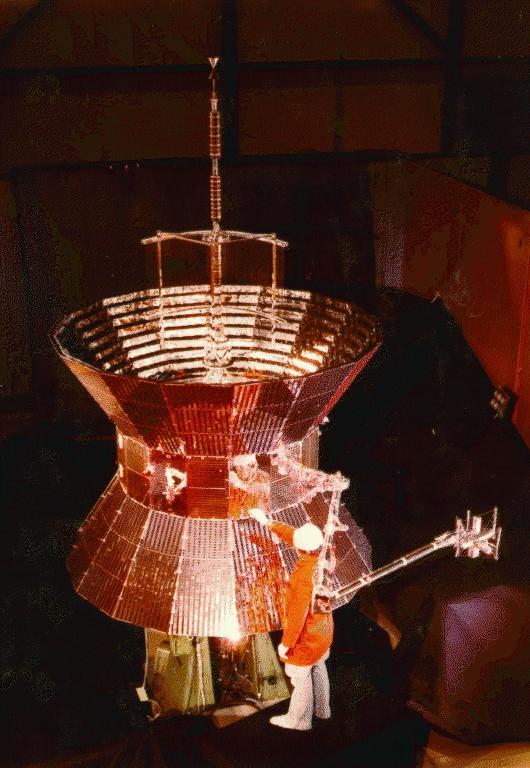

The alert sound is identical for both warnings. : 16 The warning should have prompted the crew to stop climbing, : 133 but it was misidentified by the crew as a take-off configuration warning, which signals that the aircraft is not ready for take-off, and can only sound on the ground. As it passed through an altitude of 12,040 feet (3,670 m), the cabin altitude warning horn sounded. : 78Īs the aircraft climbed, the pressure inside the cabin gradually decreased. : 171 The aircraft took off at 09:07 : 16 with the pressurization system still set to "manual", and the aft outflow valve partially open. During these checks, no one on the flight deck noticed the incorrect setting. : 171Īfter the aircraft was returned into service, the flight crew overlooked the pressurization system state on three occasions: during the pre-flight procedure, the after-start check, and the after take-off check. However, the engineer failed to reset it to "auto" on completion of the test. In order to carry out this check without requiring the aircraft's engines, the pressurization system was set to "manual". : 33–34 The inspection was carried out by a ground engineer, who then performed a pressurization leak check.
#Helios solar flight history full#
They requested a full inspection of the door. When the aircraft arrived at Larnaca from London earlier that morning, the previous flight crew had reported a frozen door seal, and abnormal noises coming from the right aft service door. Located by F-16s over Aegean island of KeaĬabin oxygen deployed, no signs of terrorismįighters see an individual in the cockpit,Īpparently trying to regain control of aircraftĬVR records a total of five mayday messages No response to radio calls from Athens ATCĪlerted to possible renegade aircraft : 18

: 17 Aircraft begins circling Athens on autopilot Īll times Eastern European Summer Time (EEST) ( UTC + 3) in 24 h format Louisa Vouteri, a 32-year-old Greek national living in Cyprus, had replaced a sick colleague as the chief flight attendant. The first officer was Pampos Charalambous, a 51-year-old Cypriot pilot who had flown exclusively for Helios for the past five years, accruing 7,549 flight hours throughout his career (3,991 of them on the Boeing 737). : 4 The captain of the flight was Hans-Jürgen Merten, a 58-year-old German contract pilot hired by Helios for holiday flights, who had been flying for 35 years (previously for Interflug from 1970 to 1991), and had accrued a total of 16,900 flight hours (including 5,500 hours on the Boeing 737). : 3 It was scheduled to leave Larnaca at 09:00 and fly to Prague Ruzyně International Airport, with a stop off at Athens International Airport, where it was due to arrive at 10:45. The plane had arrived at Larnaca International Airport at 01:25 local time on the day of the accident. Besides the downed aircraft, the Helios fleet also included two leased Boeing 737-800s and an Airbus A319-100, which were delivered on. It was then leased by Helios Airways on 16 April 2004, and was re-registered 5B-DBY with the nickname Olympia. The aircraft involved in this accident, initially registered as D-ADBQ, was a Boeing 737-300, first flown on 29 December 1997, and was operated by DBA from 1998 until 2004. The negligent nature of the accident led to lawsuits being filed against Helios Airways and Boeing, with the former also being shut down by the government of Cyprus the following year. This caused the plane not to be pressurized during the flight and resulted in nearly everyone on board suffering from generalized hypoxia, thus resulting in a ghost flight. Īn investigation into the crash by the Air Accident Investigation and Aviation Safety Board (AAIASB) concluded that the crew had neglected to set the pressurization system to automatic during the take-off checks. It is the deadliest aviation accident in Greek history. Shortly after take-off on 14 August 2005, air traffic control (ATC) lost contact with the aircraft operating the flight, named Olympia it eventually crashed near Grammatiko, Greece, killing all 121 passengers and crew on board. Helios Airways Flight 522 was a scheduled passenger flight from Larnaca, Cyprus, to Prague, Czech Republic, with a stopover in Athens, Greece. Prague Ruzyně International Airport, Czech Republic


 0 kommentar(er)
0 kommentar(er)
